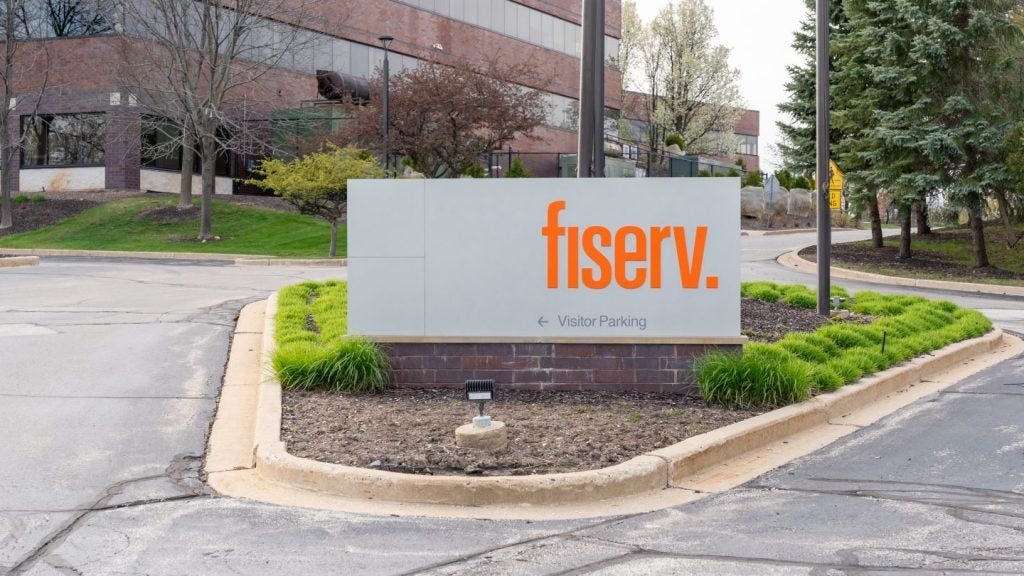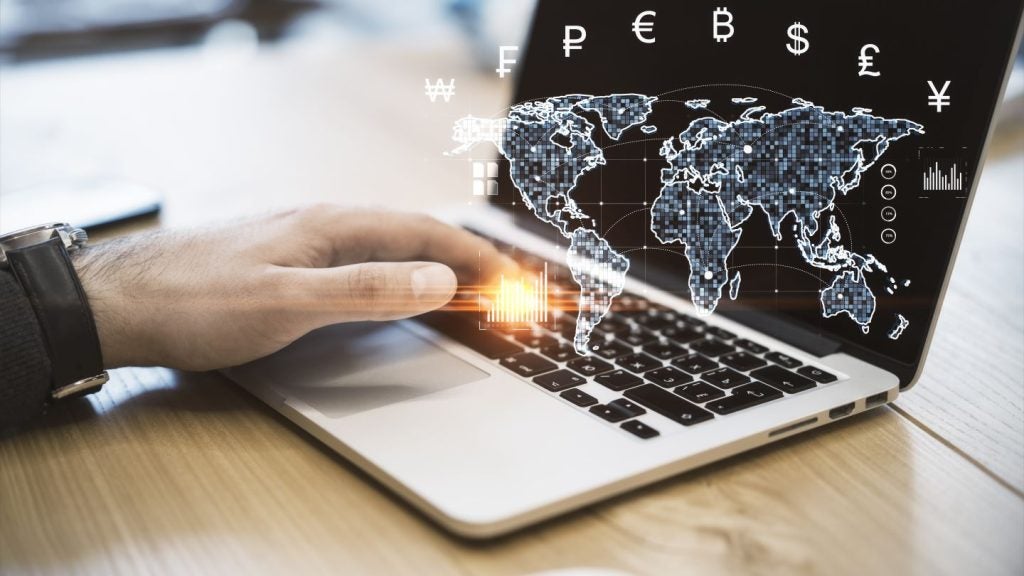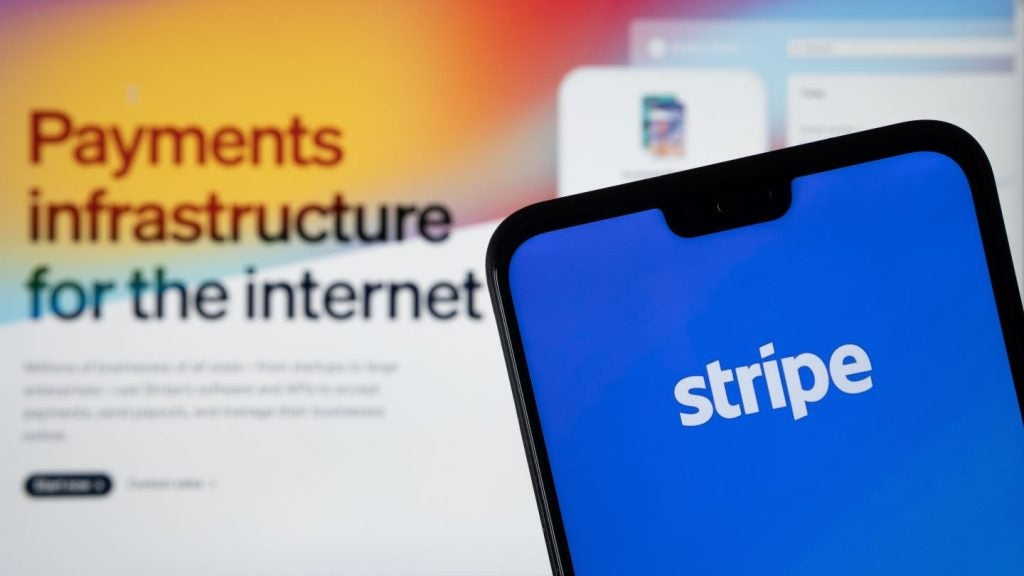Apple’s iPhone is creating something
of a revolution in the way people communicate. Now mFoundry and
Starbucks have teamed up to harness the power of the iPhone to
create something which has the potential to revolutionise the way
people pay with and manage gift cards. Charles Davis reports.
In a trend quickly turning into a craze, developers are creating
iPhone applications – better known as ‘apps’ – at blinding speed.
It was only a matter of time before payments became the focus of
apps, which can turn smart devices such as Apple’s iPhone into
fully functional payments terminals in the capable hands of
talented software developers.
In what truly looks like a killer app, the
coffee giant Starbucks teamed with the mobile payments platform
provider mFoundry to create Starbucks Card Mobile, an iPhone app
that allows for mobile balance checks and refilling of Starbucks
gift cards, which the company has expanded into a customer loyalty
programme by offering discounts, free refills, and two free hours
of precious Wi-Fi to cardholders.
And in two tantalising pilot tests in eight
stores in Seattle, Washington, and eight in Cupertino, Mountain
View, Sunnyvale and San Jose, California, the Starbucks Card Mobile
app can use a barcode to replace the plastic gift card
altogether.
The barcode app allows the cardholder to
manage several cards at one time, delete an expired card if the
cardholder does not want to recharge it, or consolidate several
gift cards on the mobile account.
Revolutionary concept

US Tariffs are shifting - will you react or anticipate?
Don’t let policy changes catch you off guard. Stay proactive with real-time data and expert analysis.
By GlobalDataThat idea – moving the prepaid gift
card onto the mobile platform – is truly revolutionary and can open
the door to all sorts of mobile retail promotions, from text
messages offering instantly redeemable discounts to geolocation
pop-up deals driven by other promising iPhone apps such as
Foursquare. Foursquare combines geolocation services with a game of
collecting points and earning recognition for using the service
more and answering questions along a trip.
It is not hard to see how a combination of
geolocation apps and prepaid loyalty cards can work in tandem to
create a game-changer in terms of customer loyalty and retention,
all driven by payments.
Mobile commerce is being driven by increased
adoption of smartphones capable of internet browsing. In the second
quarter of 2009, 28 percent of all handsets sold in the US were
smartphones, up from 19 percent a year earlier, according to
consultant NPD Group.
And more Americans will be able to gain access
to the mobile web soon. One-third of consumers without a
web-enabled phone plan to purchase such a device within the next
year, according to a survey of 3,305 US consumers conducted in
March by comparison shopping site PriceGrabber.com.
Mobile payments on the
rise
Demand for mobile payments is
spiking, as the number of smartphones grows. In June this year, 18
percent of 1,166 US survey respondents ages 18 to 25 said they had
sent funds, paid someone or paid for something other than phone
accessories using their mobile phones.
That is up 11 percentage points from 7 percent
of respondents who reported making similar mobile payments in May
2008, according to the consultancy Mercatus. Among the respondents
to the June survey, 14 percent of those ages 26 to 34 reported
having conducted such mobile transactions, double the 7 percent
from that age group who said so in May 2008.
Starbucks’ test of barcode-based prepaid card
payments represents by far the most ambitious effort to date by a
US retailer. Mobile barcode systems have typically been rolled out
in far smaller numbers and have been used largely for short-term
advertising campaigns.
While Starbucks has been battered by the
recession and has closed several hundred stores in the US, it still
operates or licenses over 10,000 outlets in the US and thousands
more overseas.
Starbucks reports that one in seven
transactions at the coffee chain involves one of its gift and
loyalty cards, so eliminating that need for a physical gift card is
a logical extension of a widely successful programme.
“Customers love the app and we are getting
requests to add stores to the trial,” a Starbucks spokesperson told
EPI.
“We have exceeded 500,000 combined downloads
of the two apps in the first week of their availability and both
applications are already top rated in the AppStore Lifestyle
category.”
Consumer acceptance high
In fact, the MyStarbucks app has
been among the top-five free applications downloaded in the overall
AppStore during the first week. This is quite an achievement given
there are 85,000-plus applications in the AppStore, which was
created by Apple to enable users of its iPod Touch and iPhone
devices to browse and download apps.
Starbucks is also pleased with the usage
rates, as over 35 percent of the customers who downloaded the
Starbucks Card Mobile App entered their Starbucks Card Numbers and
are using the App.
“We wanted this to be about more than just
technology,” the spokesperson said. “We had to create a convenient
payment experience for our customers and partners.
“Our initial beta testers have noted how much
fun it is to hold a phone up to the scanner, hear it beep and then
see the update in their balance, so we are looking forward to
receive feedback from our customers who use this functionality in
select stores in Seattle and Silicon Valley.”
The mFoundry system displays a unique image on
the screens of iPhones and iPod Touch devices. The images consist
of black-and-white squares arranged in a checkerboard style, and
function like standard barcodes. They can be scanned with the
optical checkout scanners in use at many retail stores. The
software also allows users to reload their cards or lock them with
a passcode.
mFoundry expects to announce other major
retailers offering similar apps soon, and thanks to the attention
surrounding Starbucks, the company expects to close two more deals
in October with companies that have been considering the
technology.
The mFoundry technology can also work on
Research in Motion’s Blackberry devices and phones that use
Microsoft Windows Mobile software, depending on what retailer
clients want. The technology works with optical bar-code readers
that take a digital image of the code.







